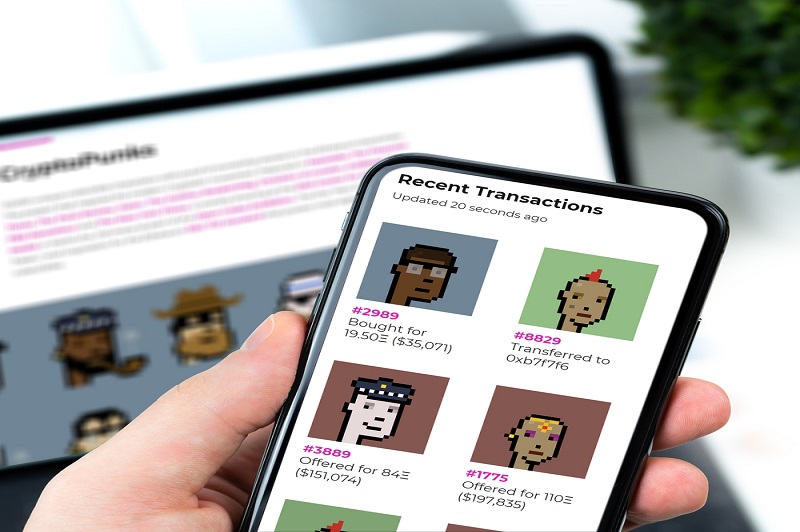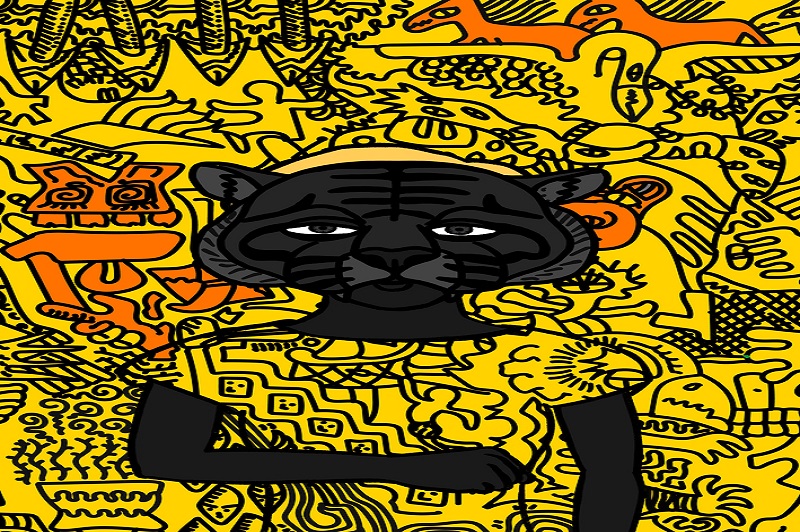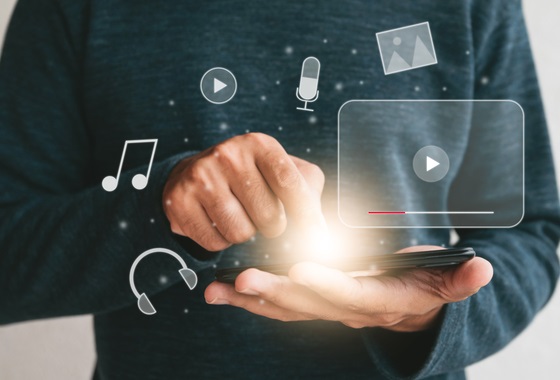NFTs: a new way forward for artists?
Authors: Helen So, Lead, Arts & Culture and Yolanda Lam, Assistant Researcher at Our Hong Kong Foundation

Everybody is talking about NFT — also known as non-fungible token. In particular, NFT is shaking up the art world, and has sparked discussions (and debates!) in the industry. Last month, renowned contemporary artist, Takashi Murakami, also ventured into the cryptocurrency market by launching his first-ever NFT digital art series, preceded by Beeple, Kevin Abosch and others. The series was auctioned on OpenSea, an NFT trading platform. This naturally makes us wonder: are NFTs a fad or are they a new way forward for artists?
What is an NFT, you ask? It is a cryptocurrency asset representing real-world or digital objects like artwork, song, and in-game weapons. A token is a data unit that acts as an electronic identifier that verifies the ownership and existence of a digital collectible, and such data is stored on a blockchain. At present, most NFTs operate on the Etherum blockchain.
Unlike cryptocurrencies such as Bitcoin and Ether, both fungible tokens, NFTs are non-fungible. This means that the value of each NFT is unique and cannot be used interchangeably. Since each NFT represents a unique asset, it can enjoy extremely high market value.
The application of NFT is diverse. Currently, the trading of digital, or physical, art via NFT platforms has garnered the most attention. With this in mind, we attempt to explore the potential values NFTs may bring to artists and creatives.

Better copyright protection
In the digital era, digital works can be easily duplicated and distributed on the Internet, which often leads to problems such as copyright infringement. With the use of blockchain technology in NFT transactions, the original work is granted a unique code, and such code would be securely stored in a smart contract. The smart contract is an electronic certificate that certifies who the original creator is, and who currently owns the work. It is open-source and much less susceptible to modification. NFT transactions are therefore more transparent, trackable and nearly impossible to be tampered with.
In theory, this could potentially strengthen copyright protection by offering a solution to combat copyright infringements, an issue that the creative industries are prone to.
In addition, when an NFT gets sold in subsequent transactions, the artist can receive payments as a share of the profits, essentially giving artists 'royalties' after each transaction of the original work, valuing their hard work.
New business model
The emergence of NFT presents a new opportunity to develop alternative business models for independent artists. NFT trading platforms can offer standardised and recognised platforms for artists to sell their works without a third party. This eliminates the need to profit-share with intermediaries or sales agents, allowing artists to be fully compensated the amount they deserve. Through this, artists can enjoy more autonomy and control over their creative works.
Last month, Singaporean singer-songwriter, Hanjin Tan, was the first Chinese-speaking musician to have auctioned his work using NFT. The singer auctioned off his latest single Nobody Gets Me and declared it a “successful experiment”, with the hope that this would inspire a new avenue for young musicians to sell their work.
But quality content remains King
That being said, the NFT landscape has yet to mature. Deeper observation and trials are required before asserting it as a sustainable model for the future. Regulations of cryptocurrency need to be refined, and the market needs quality control. With all kinds of commodities flooding in, who is to responsibly organise the truckload of information for consumers?
The surge of NFT creations and digital ownership has further raised questions with regards to valuation. How we determine the value of various digital collectibles is closely tied to the long-term development of the creative industries, transforming the ways in which we perceive and consume cultural products. When almost anyone can become an 'artist', how do we (or could we) determine what is valuable and what is not?
Ultimately, good original content remains at the heart of this. Technology is a tool for expression and business, but without quality content, none of it shall sustain. While we embrace the possibilities NFT could bring, it has also become ever more important for us to reflect on the core value of the arts and what it means to us, all the while reinventing it.



